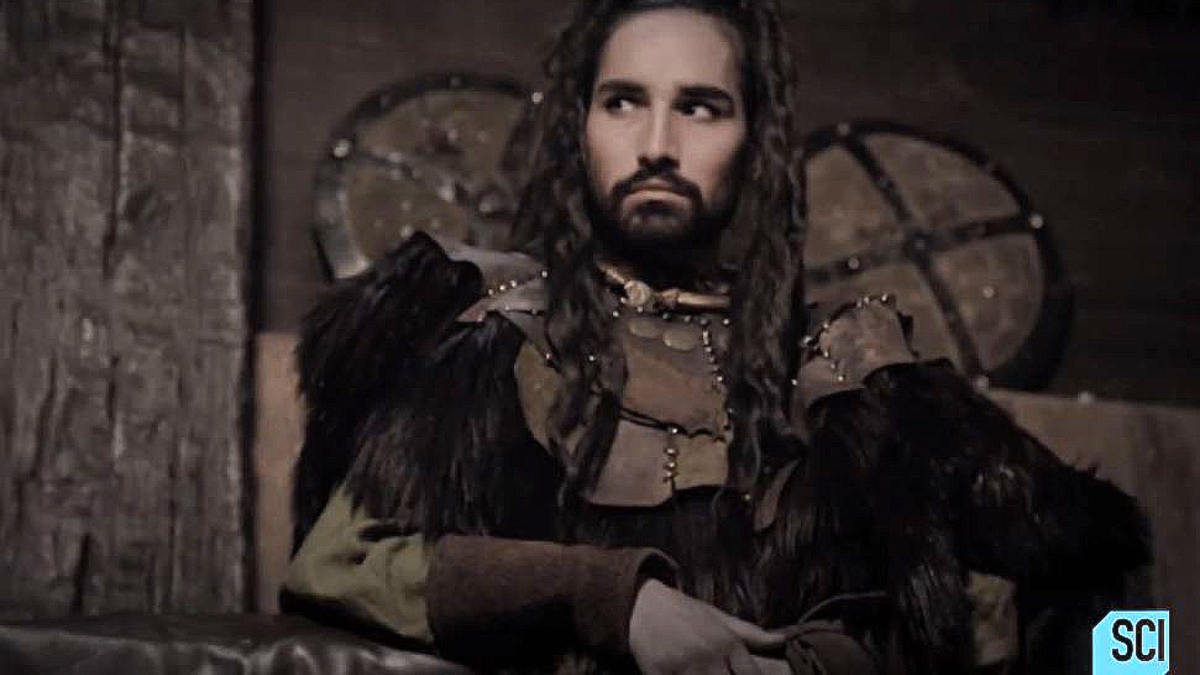
Coming this Sunday is a fascinating look back through time as Attila the Hun terrorized the Roman Empire. In his wake, he left what researchers have called his “lost tomb.”
But what secrets and what treasures may be found in this hidden tomb?
Last week we explored the design flaws, human errors, and mysteries of the Titanic on Science Channel.
This week, we go back further in time.
What we know about the documentary on Attila
In the late 5th century, the fate of the Roman Empire hung in the balance as they faced a swift and lethal enemy – Attila, a brutal warrior king, and his violent tribe of nomad warriors known as The Huns.
Described as a master at terrorism, we will learn secrets never before shared on this legendary leader. His rise and fall, and subsequent disappearance from history is still a fascinating subject.
Despite the short term “Hun,” they were neither Hungarian nor Turkish. Attila’s people were of Turkic descent, their ancestors coming from the northern plains of China.
But who were the Huns, and how did they come to take on the most powerful empire in history?
In a fascinating two-hour documentary, Science Channel examines these new discoveries that unlock new and exciting secrets.
Scientists search for long-buried clues to discover where these marauders came from, how they rose to power, and perhaps why they vanished after their meteoric rise across what we know today as Europe.
As new archaeological evidence is uncovered for the first time, scientists perhaps unearth the greatest discovery of all – Attila’s lost tomb.
Who was Attila the Hun?
Attila the Hun was the leader of the Hunnic Empire from 434 to 453 A.D. Also called Flagellum Dei (“scourge of God”), The Huns were a nomadic people.
The Huns were a Turkic people that, through migration, added Germans, Slavs, and according to some accounts, Mongols too.
According to several historical sources on Attila, he was an expert killer and horseman. He murdered his own brother and was a lusty polygamist who preferred power over family, playing favorites with his own sons.
Attila died in the year 453 AD on one of his wedding nights to Ildico. He was often described by historians as a simple man who rarely enjoyed any entertainment on his downtime.
His enemies painted him as an extremely ugly man, likely part dog, in some of their more unkind artistic depictions.
His death was recorded to be somewhere in Hungary, his sacred tomb a mystery until now.
Outfitted in mesh and up to four layers of leather, plaques of bone and chain mail, donning cone-shaped metal helmets, Attila and his Huns were also expert horsemen.
They laid waste the Romans, Ostrogoths, Visigoths, and Persians on the battlefield with their reflex composite bows, lasso, and swords.
According to the extensive history in the 1985 book Leadership Secrets of Attila the Hun by Wess Roberts, he was masterful at psychological warfare.
Not only were his soldiers terrifying, but the Huns’ shorter and sturdier horses were also described as beady-eyed and ugly, trained to kick and attack the enemy.
Attila and the Hun hordes would travel with their livestock and often dined on raw meat. They also used animal fat not only on their leather garments but also on their faces for protection from the cold.
They made their mark on world history by their contribution to the fall of the Roman Empire, which is dated at about 476 AD.
The Huns were responsible for driving migrating tribes into Roman lands, destabilizing the fading empire. In doing so, they created an economic crisis as they destroyed valuable property and transformed everyday life for Romans in a short period.
Attila the Hun’s handiwork was well recorded. There was rape, pillaging, and brutal deaths.
This included one of their favorite methods of dispatching an enemy — decapitating and impaling, using the heads as decor on their saddles as they rode into battle.
Interestingly, Attila considered softer and more lenient with his spiritual captives, like Pope Leo who he captured in the sacking of Italy in the year 453.
Historians agree Attila was a simple man in his needs yet the complexities of his nature and strategies for warfare were genius for his time.
Make sure to tune in and learn more about Attila the Hun and his tomb whereabouts on Science Channel:
Attila’s Forbidden Tomb 2-Hour Special airs Sunday, March 22 at 8 PM ET/PT on Science Channel.